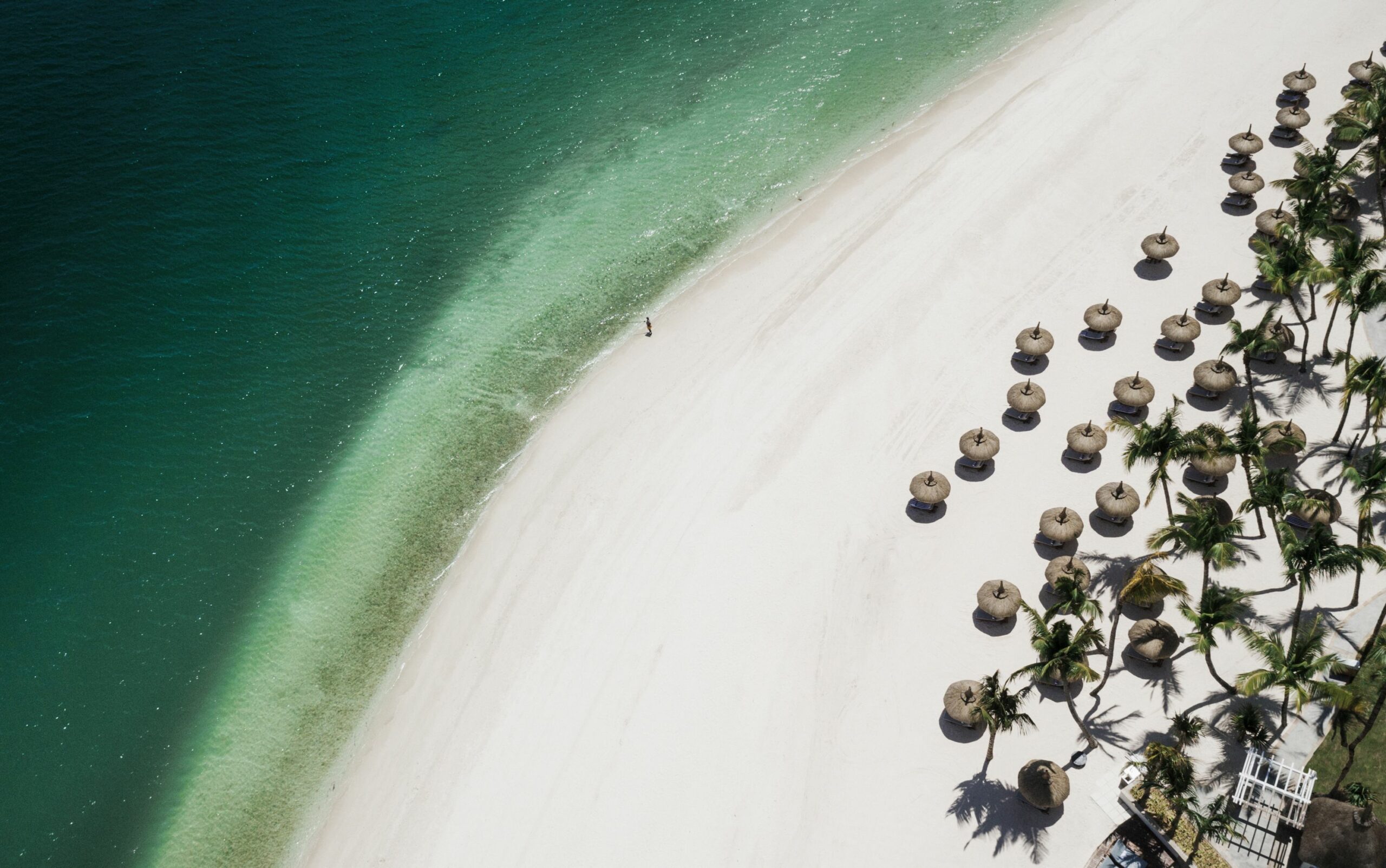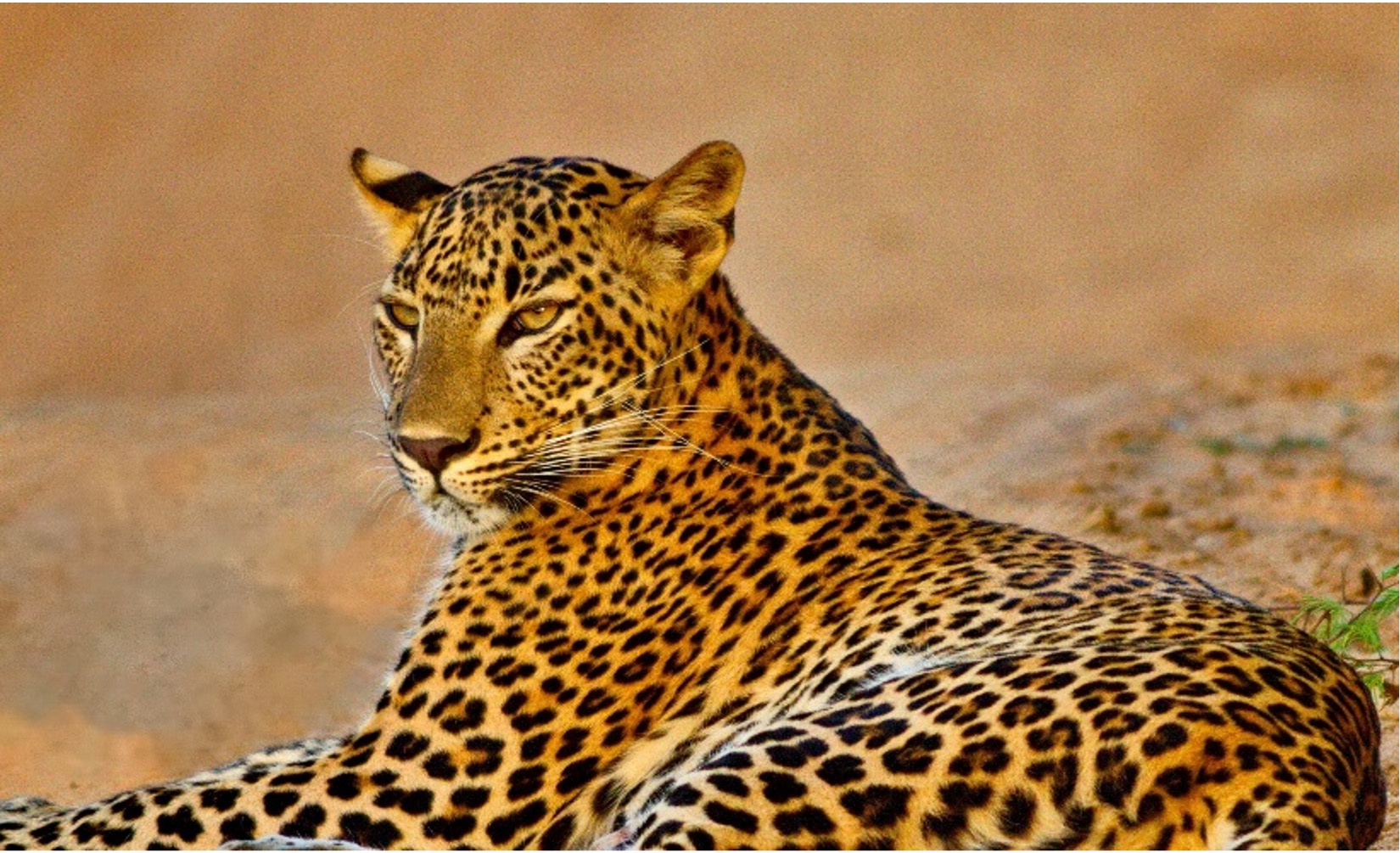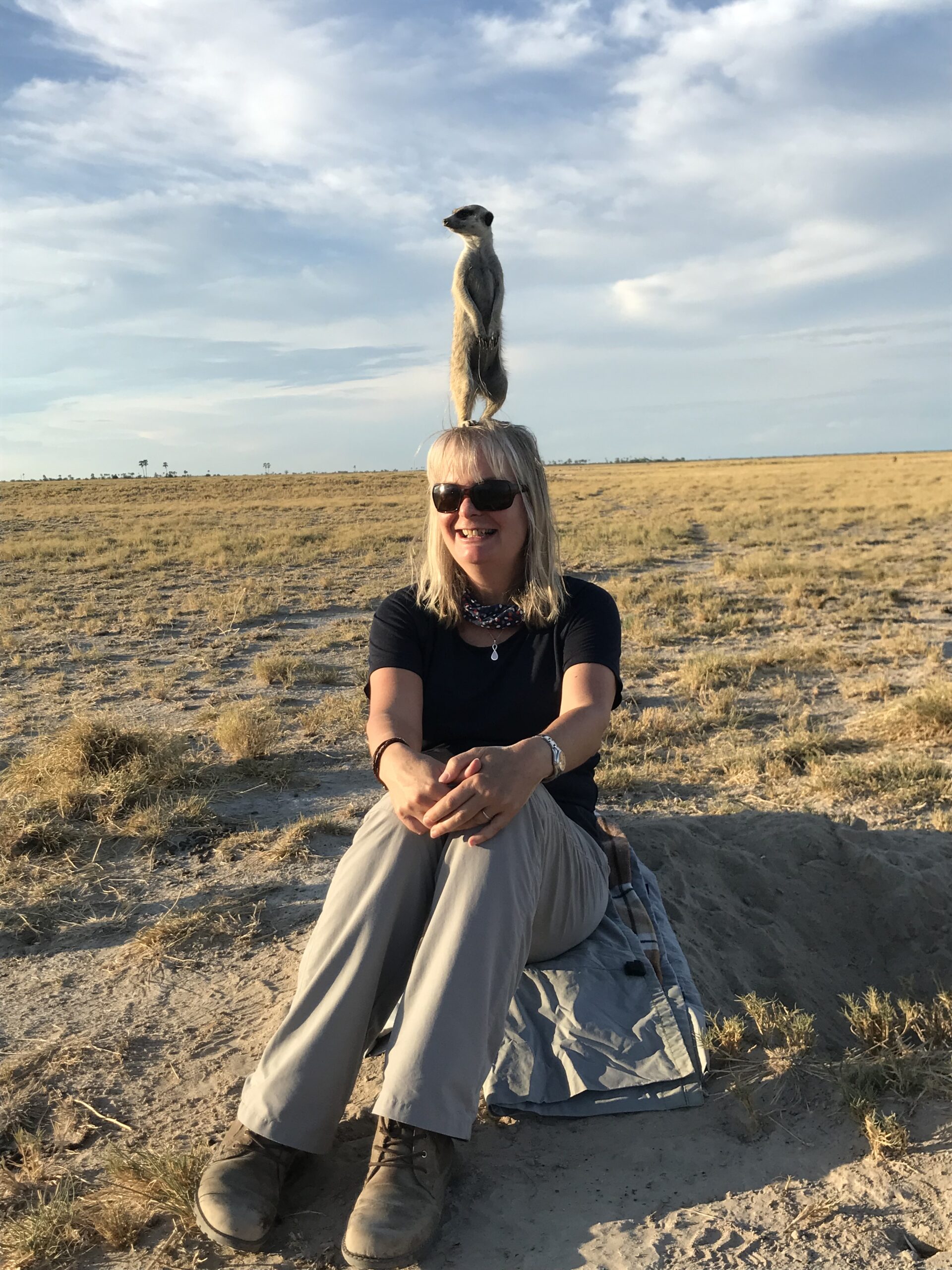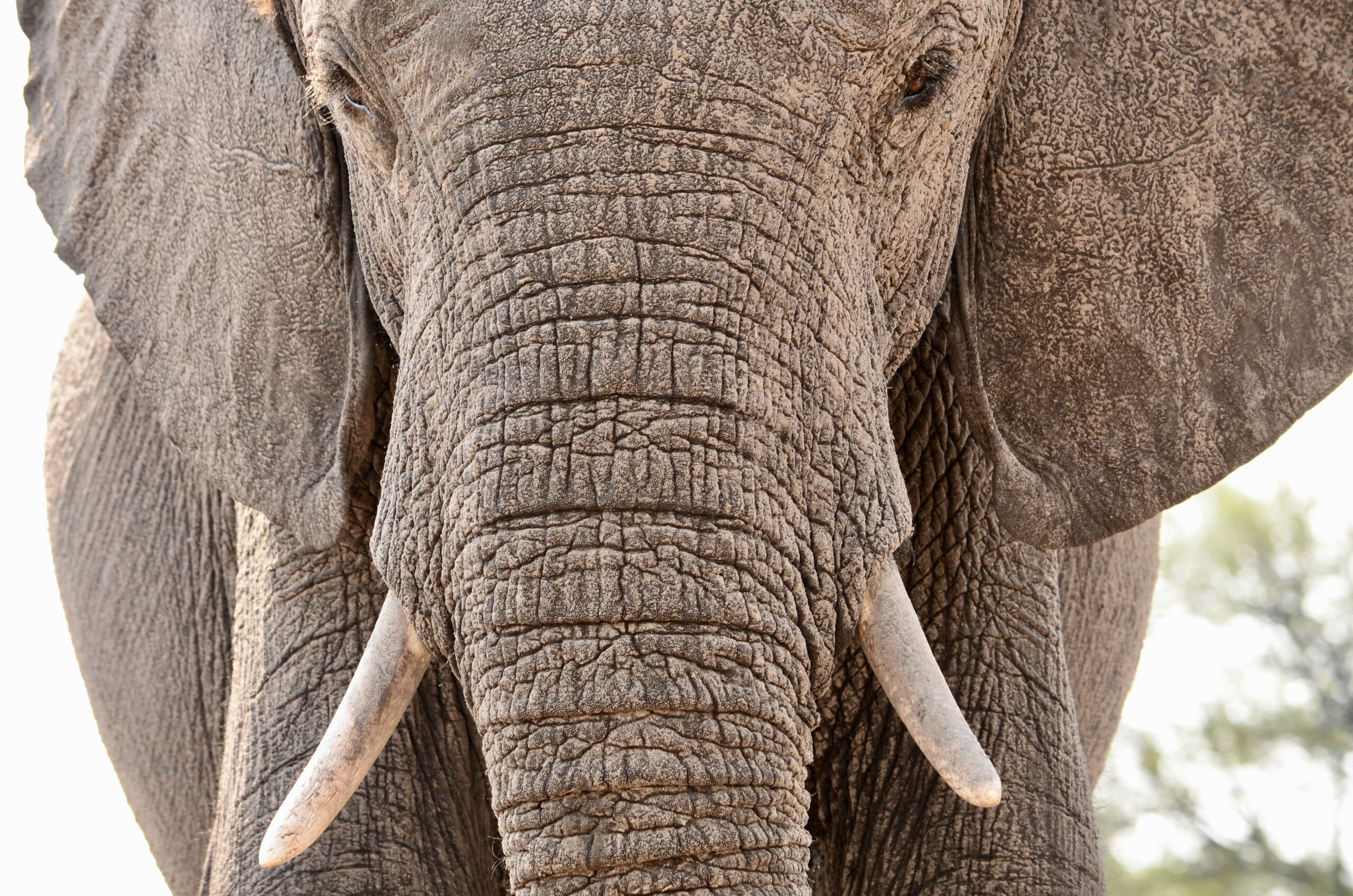Mauritius
Flight Time
12 Hours
Time Zone
UTC+4
Best Airlines
British Airways, South African Airways, Emirates, Air Mauritius, Kenya Airways
Fly From
London, Birmingham, Manchester, Glasgow, Newcastle, Edinburgh
On The Map
Mauritius
| Jan | Feb | Mar | Apr | May | Jun | Jul | Aug | Sep | Oct | Nov | Dec | |
|---|---|---|---|---|---|---|---|---|---|---|---|---|
| When to go |  |
 |
 |
 |
 |
 |
 |
 |
 |
 |
 |
 |
| Temp °C | 30 | 30 | 30 | 29 | 27 | 25 | 25 | 25 | 26 | 27 | 29 | 30 |
| Rain mm | 45 | 38 | 107 | 346 | 396 | 130 | 89 | 67 | 56 | 108 | 157 | 92 |
Call us on 01984 667420
Tracks Safaris- We get you closer to Africa
Mauritius is a little slice of sunny, tropical paradise set in the Indian Ocean around 1200 miles off the southeast coast of African and just over 1,000 miles east of Madagascar. This small island nation includes the main island Mauritius as well as Rodrigues, Agaléga and St. Brandonare which are part of the Mascarene Islands and the capital and largest city is Port Louis.
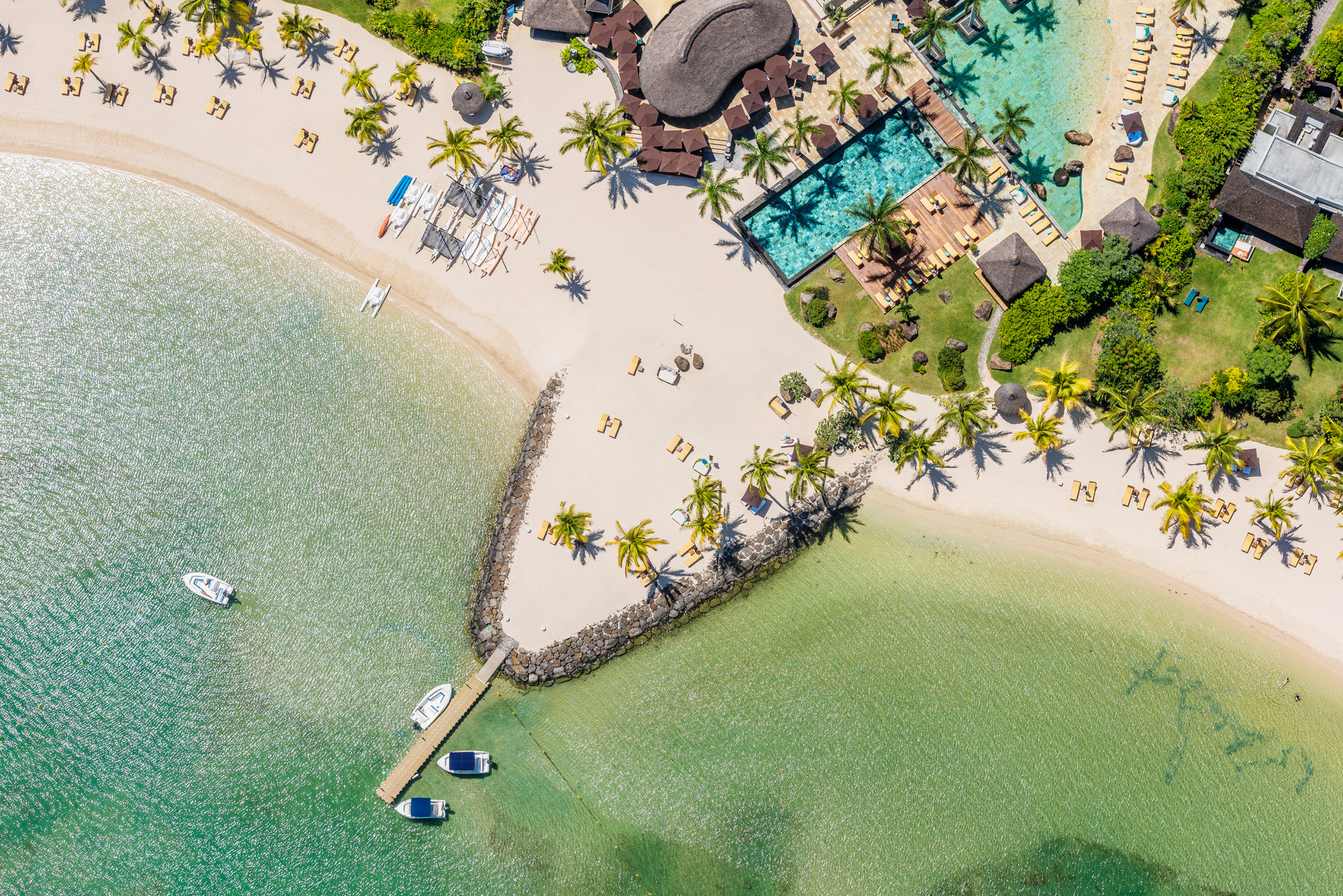
Mauritius is known for its wonderful beaches, azure lagoons, miles of reefs circling the island and world class hotels – some of which offer amazing opportunities for golf. The mountainous interior includes Black River Gorges National Park with rainforests, waterfalls and hiking trails. Chill at a beach or indulge in world class hotels and spas, swim with wild dolphins in Tamarin Bay, snorket the crysal clear waters and lagoons, experience the deep blue whilst diving one of the many reefs, hike the scenic paths surrounding Trou aux Crefs Crater – a dormant volcano in the heart of the island, visit a working tea plantation or explore the capital Port Louis where you can visit the Champs de Mars horse track, Eureka plantation house and 18th-century Sir Seewoosagur Ramgoolam Botanical Gardens.
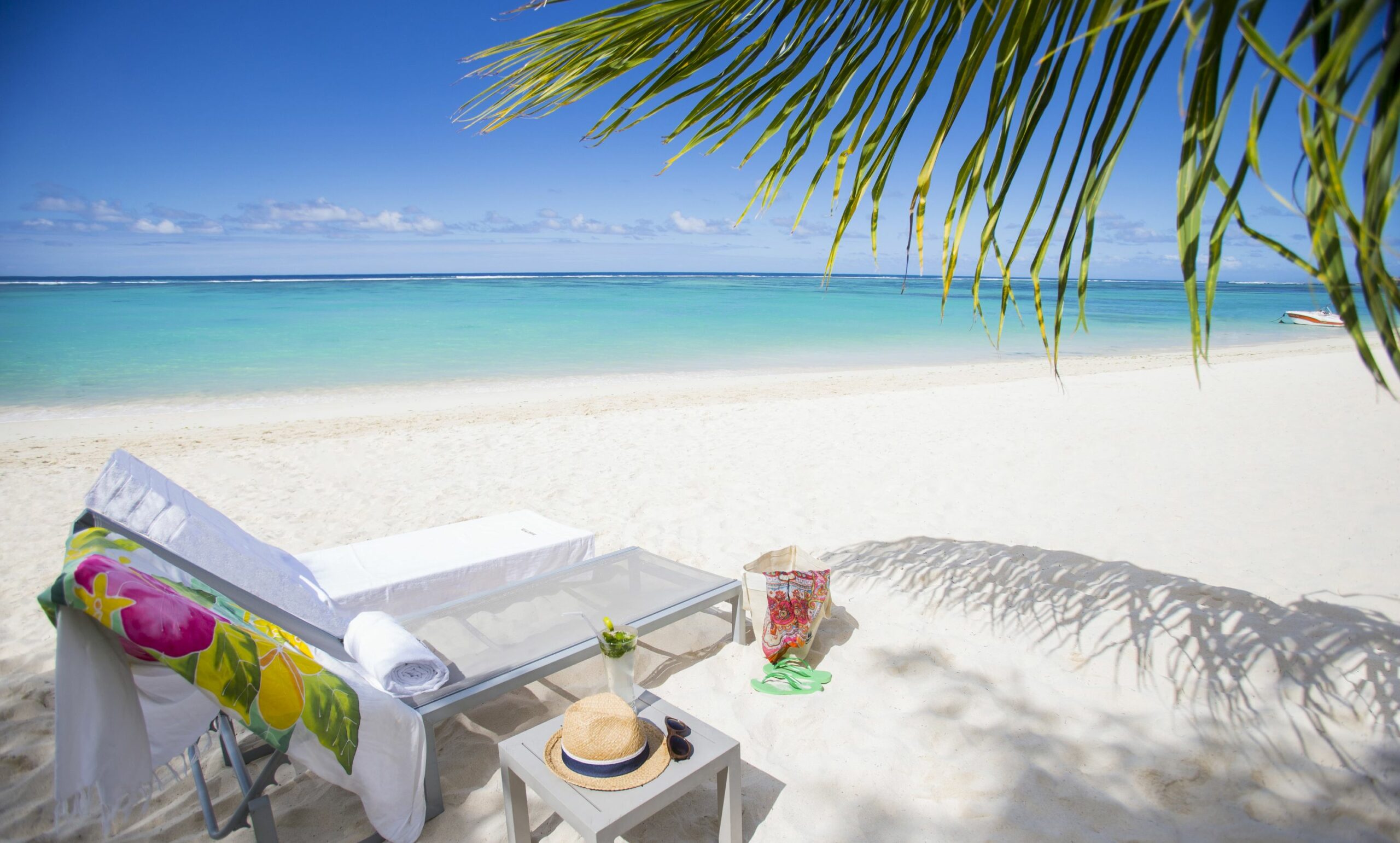
The country is just 790 square miles and along with the other Mascarene Islands Mauritius is known for its varied flora and fauna. Many species are endemic to the island and the vegetation includes some 600 indigenous species even though little of the original forest is left. The fauna includes the samber – a long-tailed, dark brown deer, tenrec – a spiny insectivore and mongoose as well as a variety of birds and insects. Mauritius was home to the dodo – which along with several other avian species was made extinct by human activities relatively soon after the island’s settlement.
Situated near the Tropic of Capricorn, Mauritius has a tropical climate. There are 2 seasons: a warm humid summer from November to April and a relatively cool dry winter from June to September. The temperature difference between the seasons is only 4.3 °C and the warmest months are January and February with average day maximum temperature reaching 29 °C. The coolest months are July and August with average overnight minimum temperatures of 16.4 °C.
Annual rainfall ranges from 900 mm on the coast to 1,500 mm on the central plateau and although there is no set rainy season – most of the rainfall occurs in summer months. Sea temperature in the lagoon varies from 22–27 °C. The central plateau is much cooler than the surrounding coastal areas and can experience as much as double the rainfall. The prevailing trade winds keep the east side of the island cooler and bring more rain. Occasional tropical cyclones generally occur between January and March and tend to disrupt the weather for about three days, bringing heavy rain.
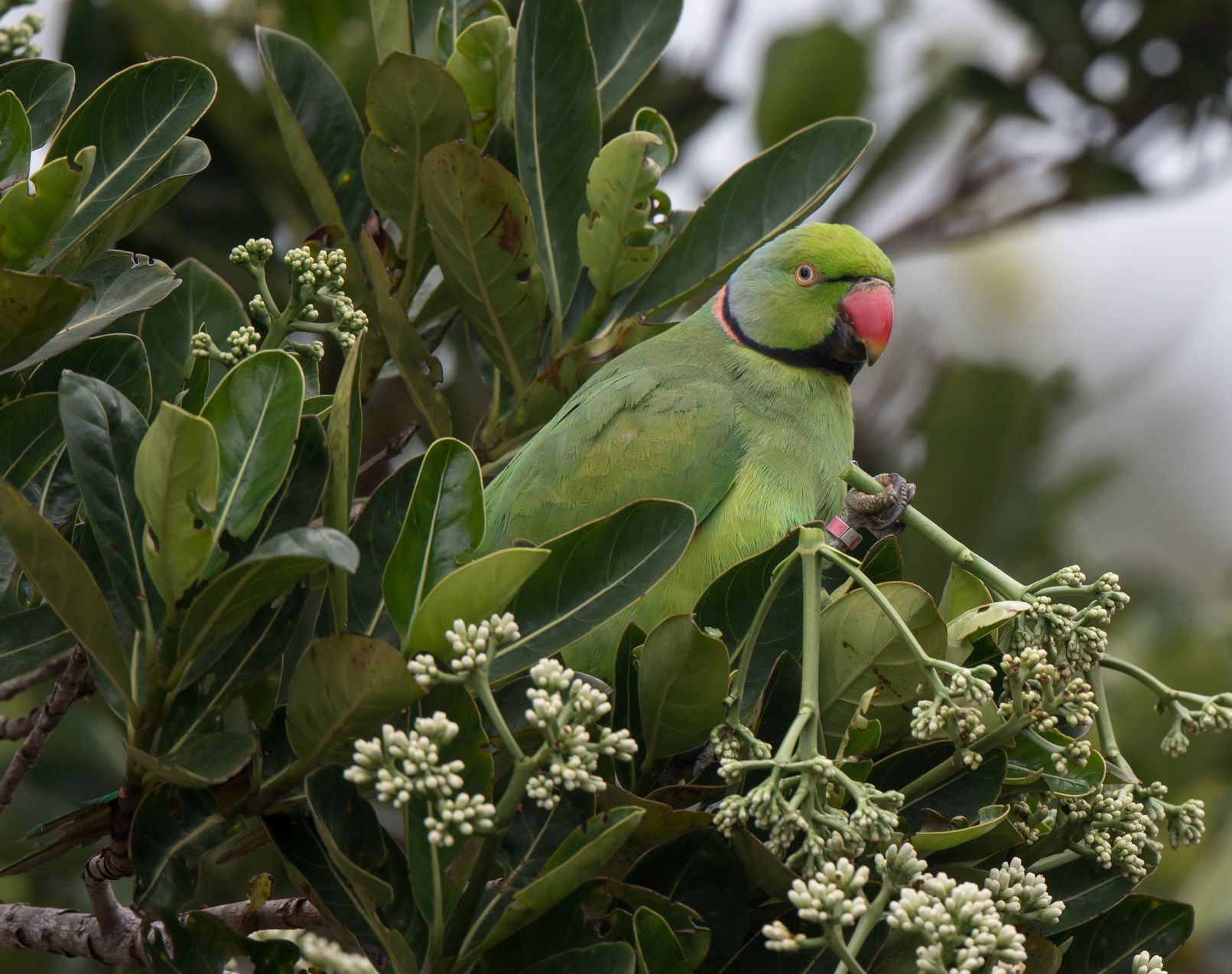
Arab sailors were the first to discover the uninhabited island around 975 and the earliest confirmed discovery was in 1507 by Portuguese sailors who took little interest in the islands. The Dutch took possession in 1598, establishing a succession of short-lived settlements over a period of about 120 years before abandoning their efforts in 1710. France took control in 1715 renaming it Isle de France. In 1810 the island was seized by Great Britain and four years later France ceded Mauritius and its dependencies to Britain until the country’s independence in 1968.
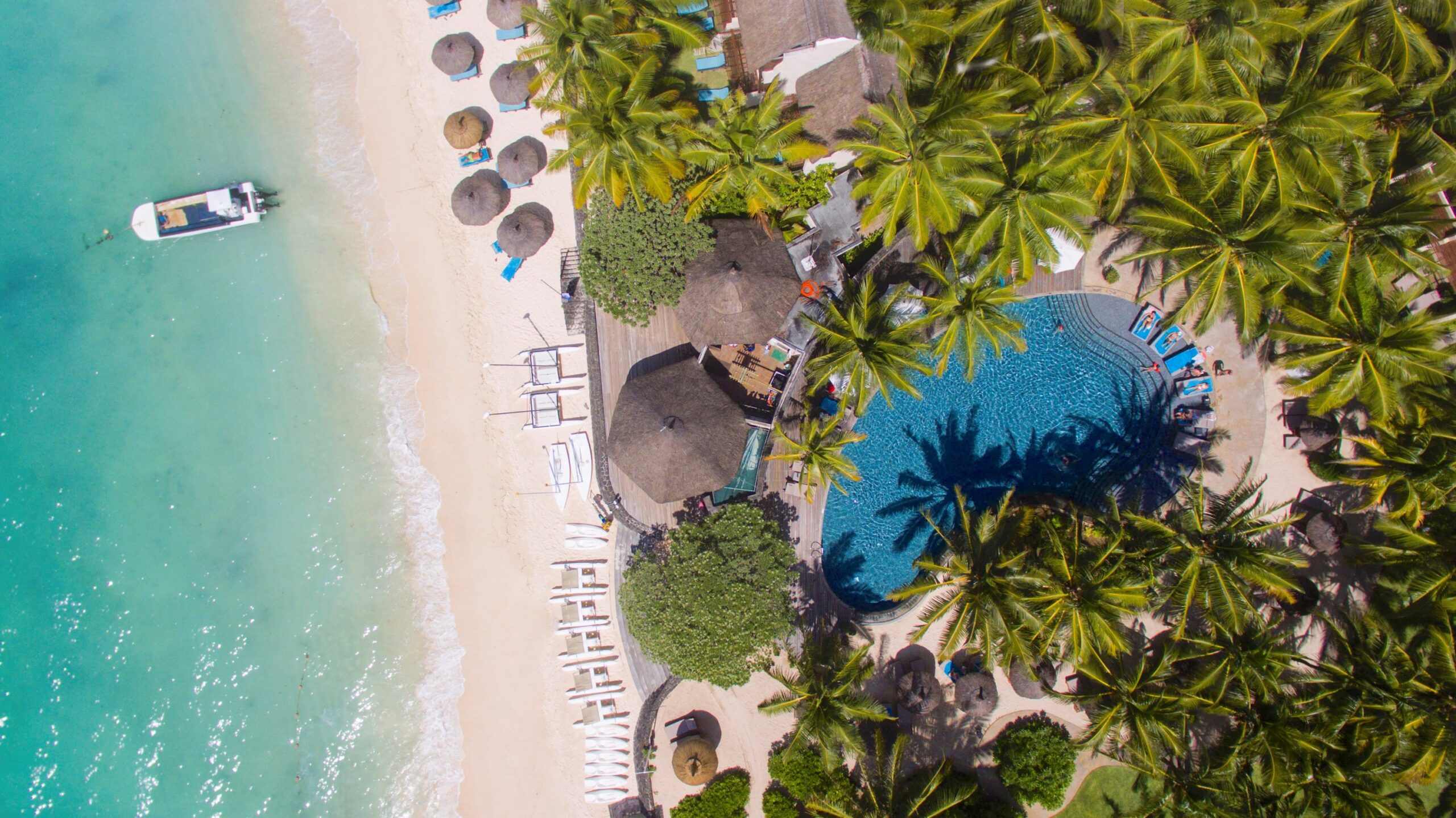
Approximately two-thirds of the population is of Indo-Pakistani origin – most of whom are descendants of indentured labourers brought to work in the sugar industry during the 19th and early 20th centuries. About one-fourth of the population is Creole (of mixed French and African descent) and there are small numbers of people of Chinese and Franco-Mauritian descent.
The people of Mauritius are highly diverse in ethnicity, culture, language and faith and it is the only country in Africa where Hinduism is the most practised religion. The island’s government is closely modelled on the Westminster parliamentary system and Mauritius is highly ranked for democracy and for economic and political freedom.
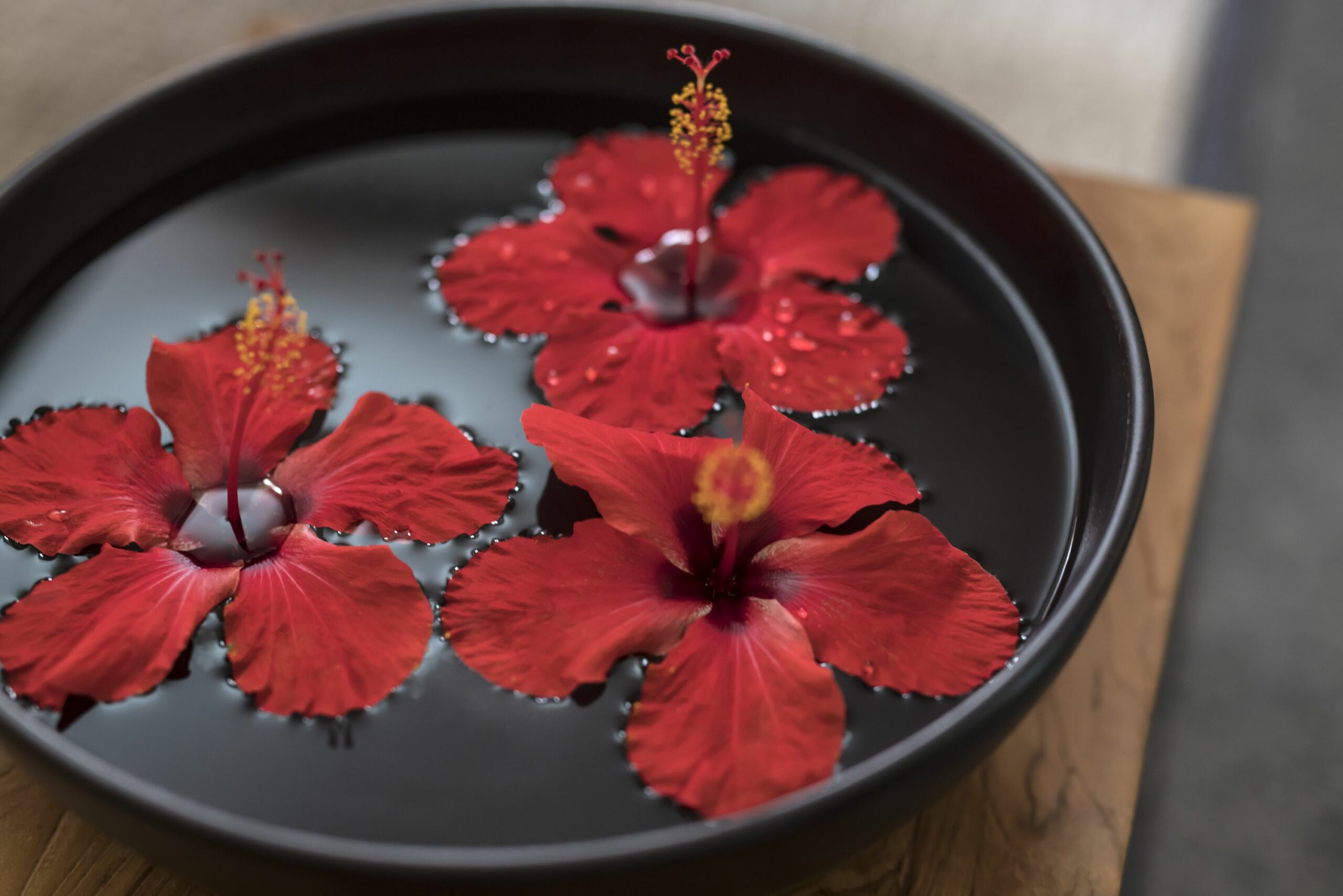
Mauritian cuisine is a combination of Indian, Creole, French and Chinese with many dishes unique to the island and spices are an important component of Mauritian cuisine. You can enjoy a local variant of the Persian Falooda which is locally known as Alouda – a cold drink made with milk, basil seeds and agar-agar jelly. Locally made French pastry and bread are sold and popular street foods include a wrap called Dholl Puri, rice-based Biryani and gâteau piment.
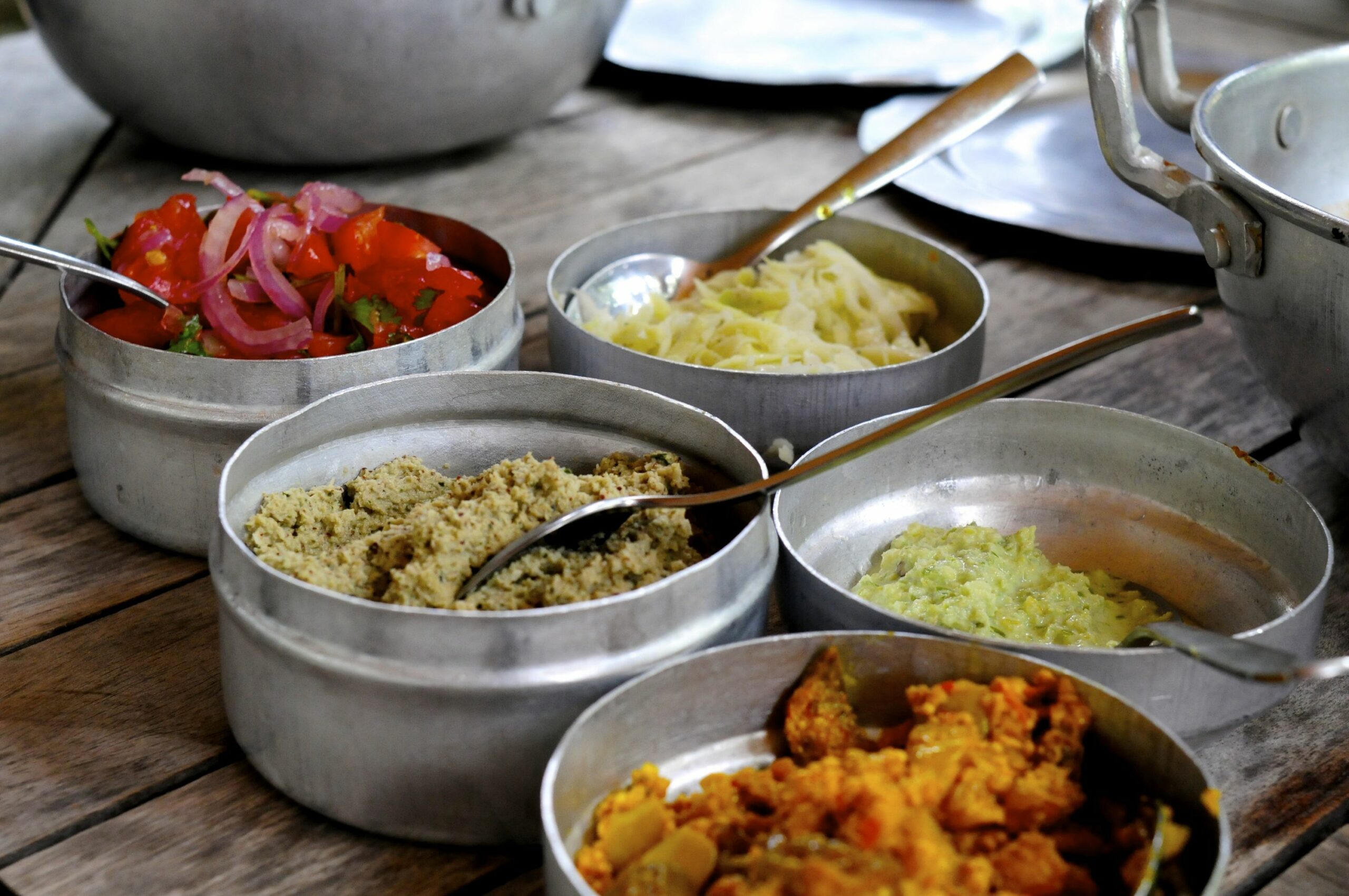
Mauritius is a fabulous island destination in its own right and a stunningly beautiful island for an adventurous beach holiday. The island can easily combined with a safari to South Africa or Kenya with direct flights from South Africa, Nairobi and the UK.
We would be delighted to assist you with your Mauritius journey planning – call us on 01984 667420 or email sue@trackssafaris.co.uk to start your Mauritius adventure!
